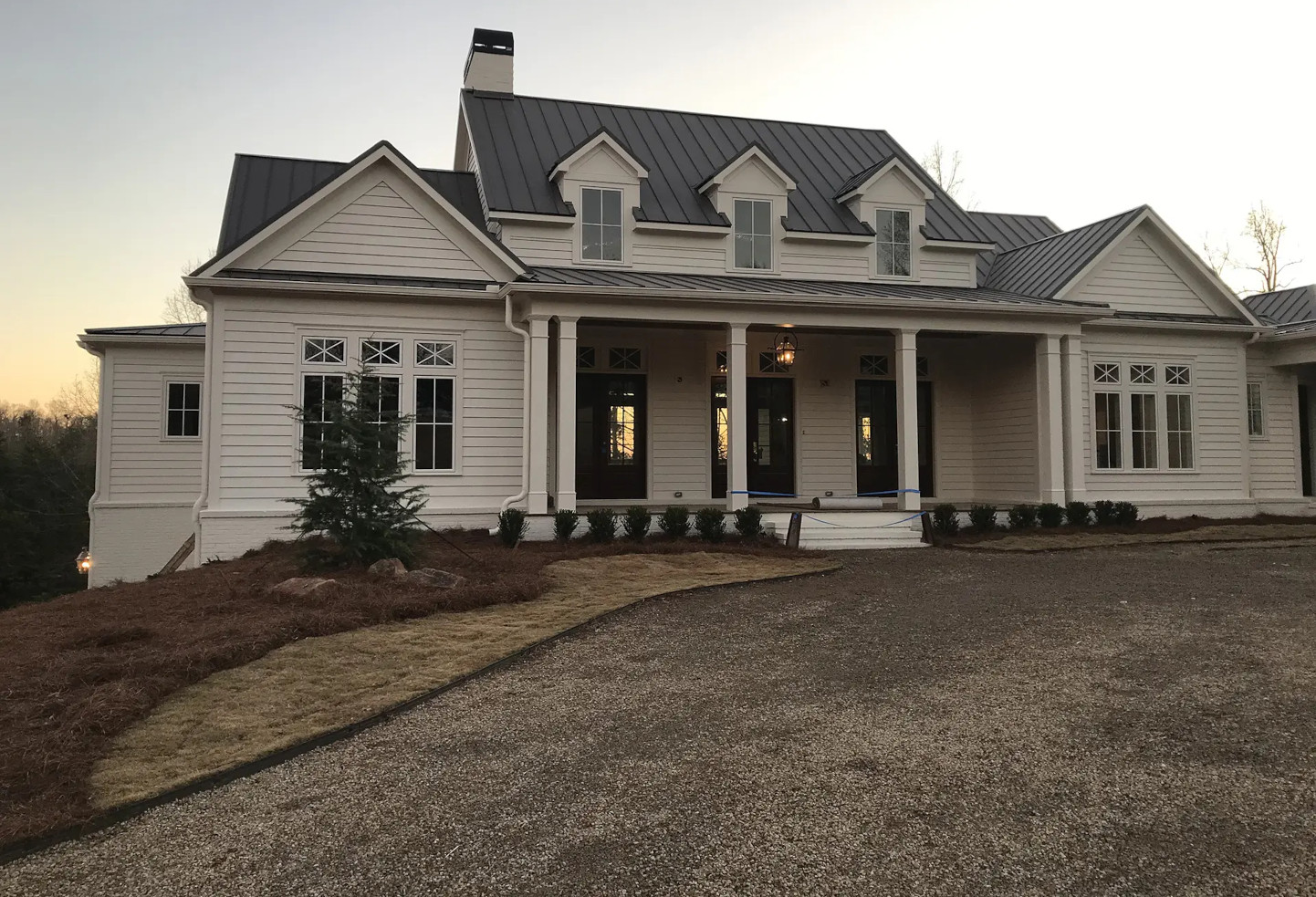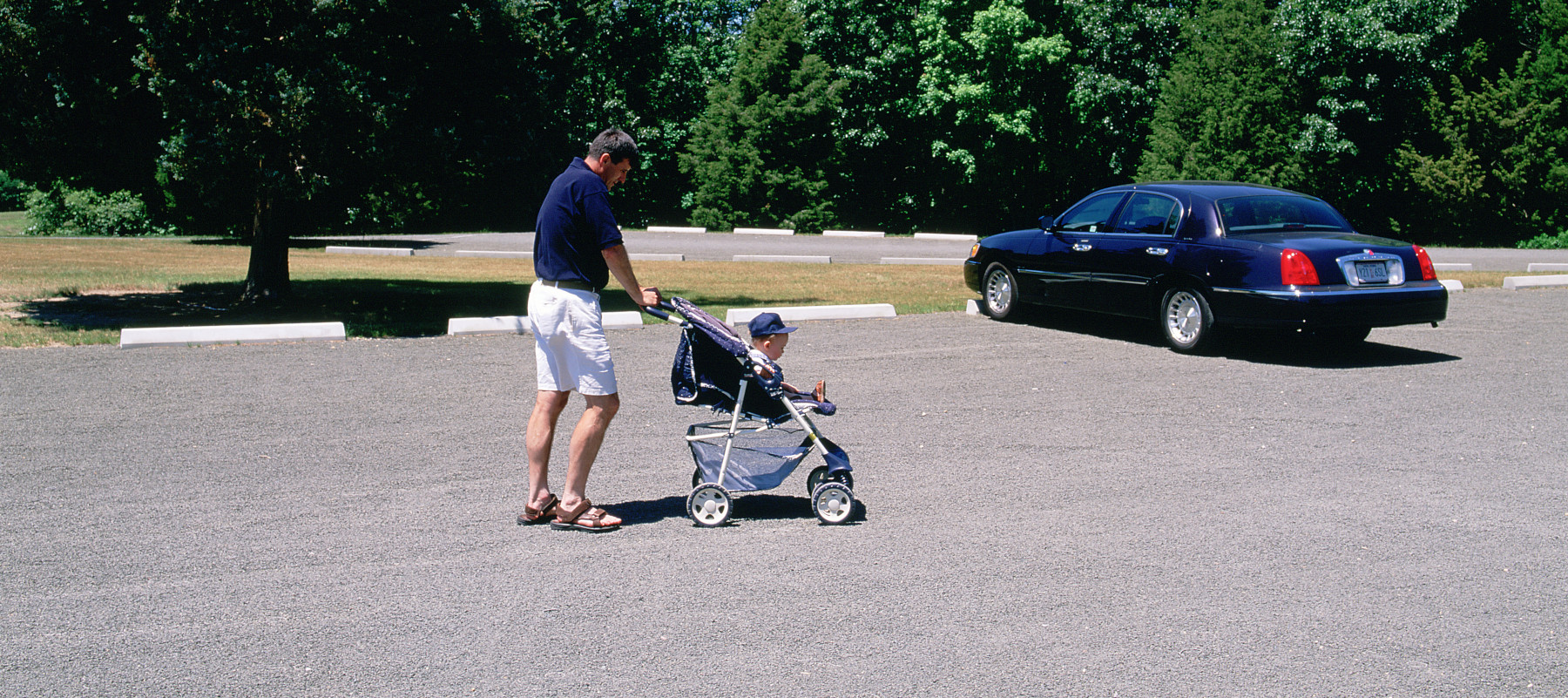What is the difference between permeable, porous and pervious pavers?
Permeable, porous and pervious pavers are stormwater solutions at the forefront of efforts to mitigate the challenge of handling increasingly frequent heavy rain events and runoff, which can damage infrastructure and contaminate water sources. Common products on the market that manage water by allowing water to soak into the ground include permeable concrete paving blocks, pervious concrete and porous asphalt pavements, and flexible plastic porous pavers. Due to this capability, permeable, porous and pervious products are replacing impermeable surfaces like asphalt and concrete pavements found in parking lots, driveways, walkways, fire lanes and pavements of our residential and commercial buildings. But while the terms permeable, pervious and porous are often used interchangeably, these products are not exactly the same.
Here’s the thing: permeable pavement is an umbrella term, which includes all surfaces designed to allow water to pass through. The category encompasses pervious and porous options, both of which describe a paver’s ability to permit the passage of water. But while all porous pavers are permeable products because they “permeate” water into the soil; not all permeable products have pores and therefore, cannot be called porous. So, a more accurate way to differentiate porous pavers and permeable pavers is to compare the products’ performance and efficiency.
One of the key differentiators impacting paver performance is the void spaces—the gaps within the system that enable water passage. The size and number of these void spaces directly affect the drainage rate, which measures how efficiently the products percolate water in the ground. To understand this important difference between various permeable pavers options, closely examine their void spaces and drainage rates.

Concrete Paving Blocks: Only the joints make them permeable
First and foremost, let’s look at concrete paving blocks. Individually, these are impermeable by nature. In other words, the blocks do not have any void spaces of their own to allow water to pass through. The system is only made permeable due to the joints between these blocks when laid on the ground. The joints are filled with porous, crushed aggregates to facilitate water infiltration and stormwater management. Because water only seeps through narrow joints, the void space of a permeable concrete paver system ranges from 8-20 percent, depending on the pattern in which the blocks are laid. The resulting drainage rate is about 6.4 inches per hour, which is five times lower than the drainage rate that’s possible with plastic porous pavers.
Porous Asphalt and Porous Concrete Pavements: Lower drainage rates
Other commonly found permeable pavements are porous asphalt and pervious concrete also known as porous concrete. These are special types of asphalt and concrete that have pores in them (as the name suggests). In application, porous asphalt and concrete pavements are poured and laid like their traditional counterpart. But the difference is in their preparation. Both porous asphalt and porous concrete mixtures are made with little or no fine aggregate (sand) and controlled amounts of water to create an internal network of pores that allow water to pass directly through. Because these pores make up a very small part of the system, the void space in porous asphalt as well as porous concrete pavement is limited to 15-25 percent and their drainage rates are very similar to concrete paving blocks’ 6.4 inches per hour. While they are better options than impermeable surfaces, concrete paver blocks, porous asphalt and porous concrete pavements may not be able to manage larger volumes of water.
Flexible Porous Pavers: Infiltrate more water with three times the void space of other products
Standing out amongst all the products, plastic porous pavers have a unique grid-like structure that is filled with grass or gravel. Its unique configuration enables void spaces up to 92 percent. This means plastic porous pavers can facilitate drainage faster than other products. For example, Invisible Structures offers Grasspave2, a grass paving product that has 92 percent void space and a drainage rate of 32.5 inches per square foot per hour. Similarly, Gravelpave2, our gravel paving solution, has a drainage rate of 38.5 inches per square foot per hour. Both these products allow users to drain higher volumes of runoff than possible with any of the alternative permeable solutions.
An added benefit, Grasspave2 and Gravelpave2 have a trademark ring-on-grid design, which enables an excellent compressive strength of 2,295,000 pounds per square foot (nearly five times that of concrete). The ability to handle heavier loads improves the products’ durability and makes it possible for them to support even H-20 vehicular weights in low-speed traffic areas like parking lots, fire lanes and driveways.

What is the difference between permeable pavers and porous pavers? Performance
Performance is key to creating efficient permeable surfaces. In the same vein, the higher the void space, the higher the drainage rate and the better its ability to manage stormwater. Underlining this point, flexible plastic porous pavers have nearly four times more void space than permeable concrete blocks as well as pervious asphalt and concrete alternatives, which makes them a better water management solution.
To facilitate efficient stormwater management for your commercial and residential projects, consider Gravelpave2 and Grasspave2 from Invisible Structures.
|
Performance criteria |
Permeable Concrete and Asphalt Paver System |
Porous Concrete and Asphalt Pavers |
Flexible Porous Pavers |
|
Material |
Concrete |
Concrete |
Plastic |
|
Water management mechanism |
Water passes via joints between impermeable concrete pavers |
Pores in concrete allow water to pass through |
The grid-like structure has void spaces |
|
Percentage of void space |
8-20 percent |
15-25 percent |
Up to 92 percent |
|
Drainage rate |
Over 32.5 inches per hour (depending on infill type) |
||
|
Infill material |
None |
None |
Grass or gravel |
